Hummus is an emblematic Arabian dish. In essence, hummus is a paste or appetizer, traditionally made from chickpeas and sesame tahini with added peppers, olive oil, lemon juice and garlic.
This nutritious paste comes from the Near East, where it is immensely popular with everyone.
The word "hummus" comes from Arabic and Hebrew and is used simultaneously for the dish, paste and chickpeas.
In Arabic "hummus bi tahini" means hummus with sesame tahini only, not chickpeas. When the taste of hummus was still being developed and perfected, one of the master chefs created a hummus with 40 spices, which was reserved for the Sultan.
Today, hummus is prepared in diverse ways, with some varieties containing yoghurt, nuts, parsley and many others. In the Near East, hummus is most commonly eaten by being dipped with thin Arabic bread but around the world this appetizer is most often consumed with corn chips.
Among the many recipes for hummus, the best known are hummus ful - combined with okra paste, pureed until smooth; hummus mashawa - with whole chickpeas and sesame tahini; hummus mahluta - with warm chickpeas and ful. Besides being delicious, hummus is a popular food among vegetarians and vegans for its nutritional value.
Composition of Hummus
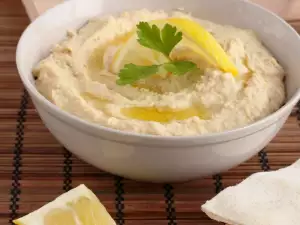
Because of its combination of ingredients, hummus is nutritious and very healthy. It contains an enviable amount of proteins, dietary fiber, iron, whose levels depend on the different recipes. This is also why hummus has varying amounts of monounsaturated fats.
Hummus contains very little fat, with the must-have ingredient in the paste being olive oil which contains high quantities of monounsaturated fats and very little saturated fats.
Hummus contains no sugar, unless you yourself decide to add a pinch or 2 to your homemade chickpea dip. Additionally, this chickpea appetizer is rich in fiber (soluble and insoluble), while at the same time being an excellent source of complex carbohydrates and proteins.
As a whole, the combination of chickpeas, sesame tahini, garlic, olive oil and lemon juice make hummus very rich in vitamins, minerals, with iron being stressed. The ingredients in hummus determine its glycemic index which is around 12.
Aside from all this, hummus is a wonderful source of omega-3 fatty acids, while the tahini in its composition is a source of calcium, proteins and essential fatty acids. Also there are high amounts of the crucial vitamin E. The garlic and lemon found in hummus are potent antioxidants on their part.
Hummus Recipe
Unbelievably delicious and quite inexpensive to make, hummus is a healthy food that you can prepare often right at home. For it you can use fresh chickpeas or canned. If using fresh chickpeas, you need to soak them in plenty of water overnight. You should change the water at least once.
Afterwards, boiling of the chickpeas takes about 2 hours. The skins are easy to remove but even with them, the hummus turns out perfect. Another option is to boil the chickpeas in a pressure cooker without soaking them ahead of time. The next step is to drain out some of the water from the chickpeas and save about 1 cup of it, which to add to the paste.
Blend the chickpeas with their broth, salt, lemon juice, several spoons of sesame tahini, 2-3 garlic cloves and olive oil, which you can also add when serving if you so desire. Add enough water from the boiling of the chickpeas to obtain the desired consistency of the hummus.
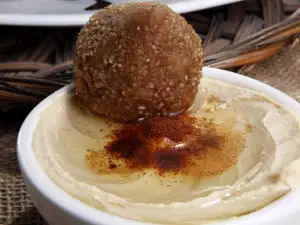
Finally, serve the ready hummus sprinkled with a little paprika, olive oil and parsley if desired. Quite often, other spices like cumin, cayenne pepper or onions are added to the appetizer. Here are the exact proportions of the original hummus recipe which you can prepare according to the above-mentioned steps:
Ingredients for hummus
chickpeas - 1 1/2 cups, tahini - 2 tablespoons, garlic - 4 cloves, water - 3/4 cups, lemons - the juice of 2, olive oil - 1-2 tablespoons, paprika - 1 pinch, parsley or other spices by choice.
Dishes with Hummus
Certain oriental restaurants almost always serve hummus, usually as an appetizer or a garnish to main courses. In the East it is also customary to serve hummus as a sauce for falafel and different vegetable dishes.
This delicious chickpea dip possesses an amazing taste when smeared on whole-grain or white bread slices - toasted or fresh. A healthy diet requires us to combine hummus not with foods rich in fat and carbohydrates but with ones that are a source of proteins. Following this train of thought, hummus is perfect with fish, seafood or meat.
Normally hummus can be garnished with mushrooms, pine nuts, tomatoes, cucumbers, thin cut slices of onions. When serving the paste you can add several whole boiled chickpeas and sprinkle on parsley for decoration. We also recommend not leaving out the thin trickle of extra virgin olive oil on top because it brings together all of the tastes that make up the paste. Hummus is one of the ingredients of Israeli salad and is the perfect complement to grilled chicken or eggplants.
Benefits of Hummus
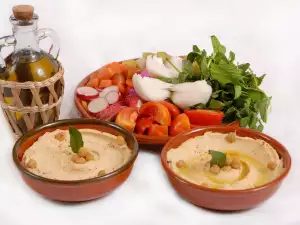
As already mentioned, hummus can be a healthy and dietary food, suitable for all ages and even vegetarians. The ingredients in the chickpea paste do not raise blood sugar levels, while also being quite satiating for hours on end.
If maintaining a diet plan, you can decrease the amount of sesame tahini or leave it out altogether. Even if you simply puree chickpeas with spices to taste and a little garlic and onions, a superb taste is guaranteed.
Often, store-bought hummus contains a hodgepodge of enhancers, flavors and preservatives, which is not recommended and ultimately make the product questionable when it comes to its health benefits. Homemade hummus guarantees the use of all natural ingredients.
The omega-3 fatty acids found in hummus conceal numerous health benefits and are capable of preventing cardiovascular diseases.
Sesame tahini itself is a valuable source of calcium, protein and essential fatty acids, vitamin E, which slows the process of aging in body cells.
The olive oil in the hummus recipe contains high amounts of monounsaturated fats and very few saturated fats, which essentially means the regulation of cholesterol levels and the prevention of cardiovascular diseases. The antioxidants in the garlic and lemon are crucial to health. They reduce oxidative stress in the body and have a positive effect on the immune system.
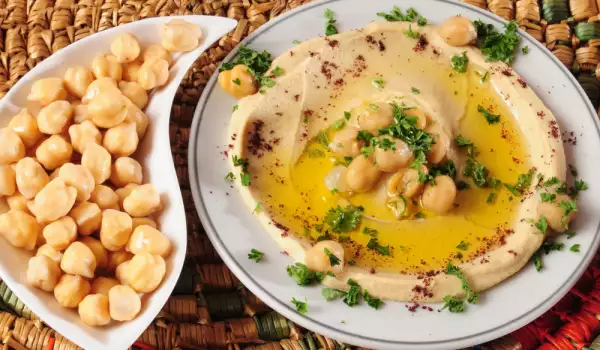
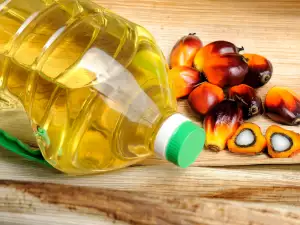
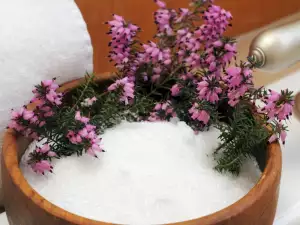
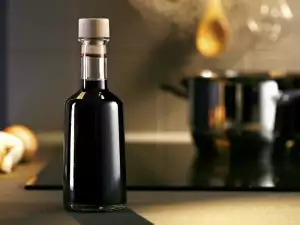
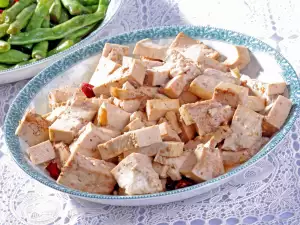
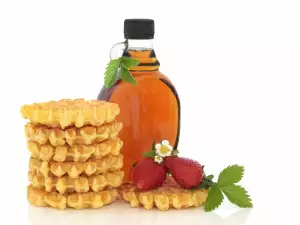
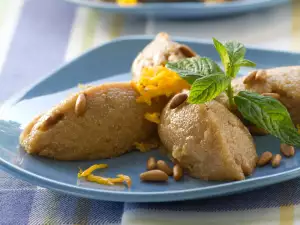
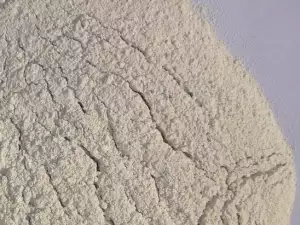
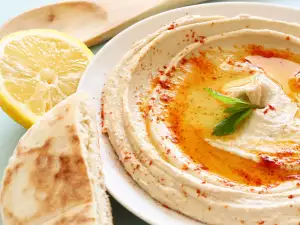
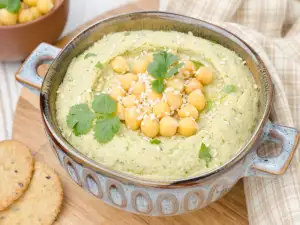

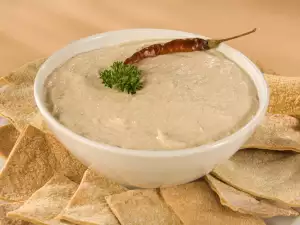
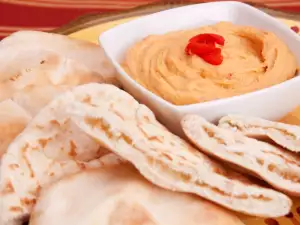

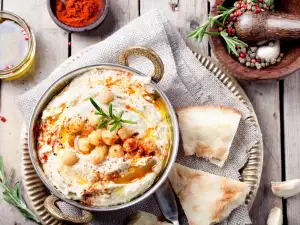
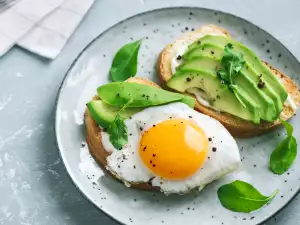




Comments